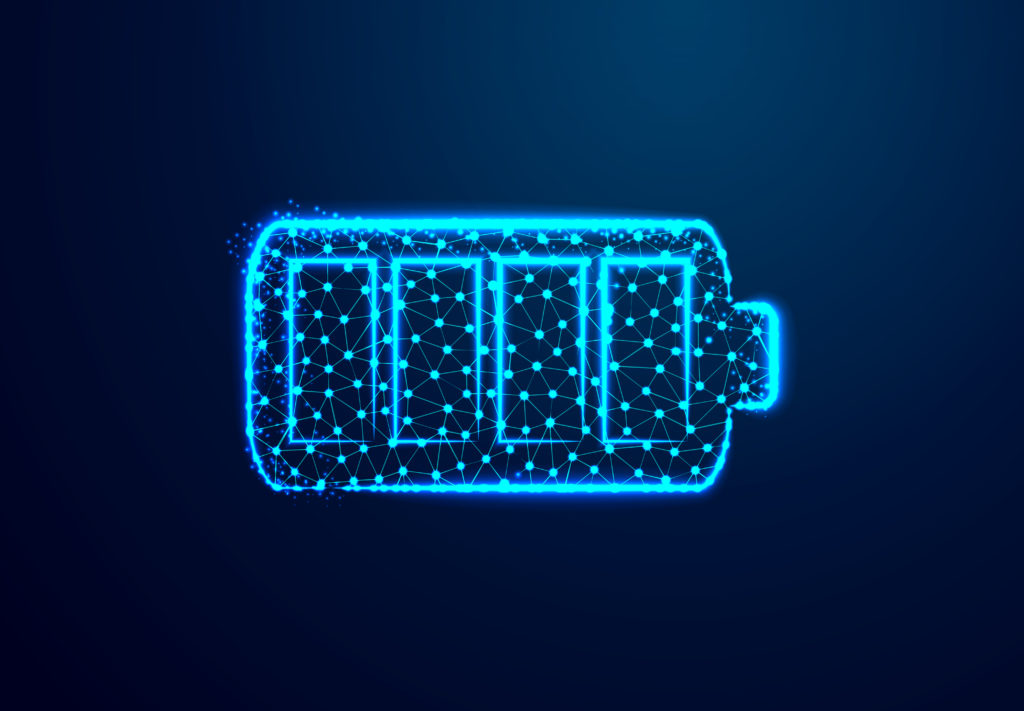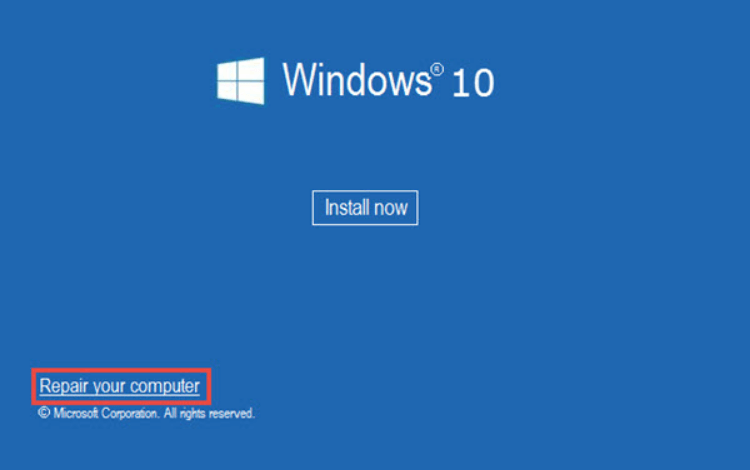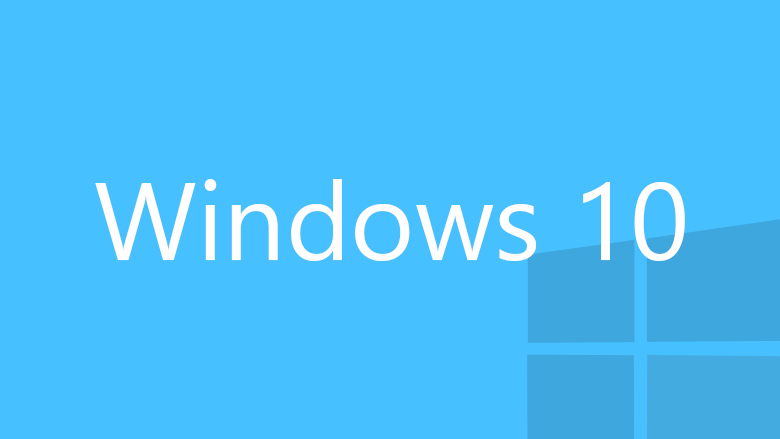10 Sure Fire Ways to Extend Your Battery Life on YourWindows Laptop

In today’s fast-paced world, a laptop’s battery life is crucial for productivity, especially for those who frequently work on the go. Maximizing battery life can help you stay connected, productive, and entertained without constantly searching for a power outlet. Here are ten sure-fire ways to extend the battery life of your Windows laptop.
1. Adjust Power and Sleep Settings
One of the simplest ways to extend your laptop’s battery life is to adjust the power and sleep settings. Windows provides several built-in options to help manage power consumption.
a. Use Power Saver Mode
Windows offers different power modes, such as “Balanced,” “High Performance,” and “Power Saver.” To conserve battery life, switch to the “Power Saver” mode. This mode reduces your laptop’s performance and screen brightness to extend battery life.
b. Adjust Sleep Settings
Set your laptop to enter sleep mode after a short period of inactivity. Go to Settings > System > Power & Sleep and adjust the sleep settings to ensure your laptop isn’t running when you’re not using it.
2. Dim Your Screen Brightness
The display is one of the most power-hungry components of your laptop. Reducing screen brightness can significantly extend battery life.
a. Use Keyboard Shortcuts
Most laptops have function keys to adjust screen brightness. Look for keys with a sun icon, usually found on the top row of the keyboard, and use them to decrease the brightness.
b. Adjust in Settings
You can also adjust brightness through the Windows settings. Go to Settings > System > Display and use the brightness slider to reduce the screen brightness.
3. Turn Off Wi-Fi and Bluetooth When Not Needed
Wi-Fi and Bluetooth consume a considerable amount of power, even when you’re not actively using them. Turning them off when not needed can help conserve battery life.
a. Disable Wi-Fi
You can disable Wi-Fi by clicking the network icon in the taskbar and turning off Wi-Fi. Alternatively, go to Settings > Network & Internet > Wi-Fi and toggle off the Wi-Fi switch.
b. Disable Bluetooth
To turn off Bluetooth, go to Settings > Devices > Bluetooth & other devices and toggle off the Bluetooth switch.
4. Close Unnecessary Background Apps
Background apps can drain your battery by consuming system resources. Close any unnecessary apps to conserve power.
a. Task Manager
Press Ctrl + Shift + Esc to open Task Manager. Go to the “Processes” tab and end tasks for apps you don’t need running.
b. Background Apps in Settings
Go to Settings > Privacy > Background apps and turn off apps that you don’t need to run in the background.
5. Optimize Startup Programs
Many programs automatically start when you turn on your laptop, which can slow down your system and drain battery life. Optimizing startup programs can help improve battery performance.
a. Task Manager
Open Task Manager (Ctrl + Shift + Esc), go to the “Startup” tab, and disable unnecessary programs from starting up with your system.
6. Use Battery Saver Apps
There are several third-party battery saver apps that can help manage power consumption and extend battery life. These apps can optimize system settings, close background processes, and provide detailed battery usage statistics.
a. Popular Battery Saver Apps
- BatteryBar: Provides real-time battery status and detailed battery usage statistics.
- BatteryCare: Monitors battery discharge cycles and provides tips for improving battery life.
7. Manage Hardware Settings
Adjusting hardware settings can also help extend battery life.
a. Turn Off Keyboard Backlighting
If your laptop has a backlit keyboard, turn off the backlighting when you don’t need it. This can be done using the keyboard shortcuts or through the laptop’s settings.
b. Disable Unused Ports and Devices
If you’re not using certain ports or devices, such as USB ports or an SD card reader, disable them to conserve power. This can usually be done through the Device Manager.
8. Keep Your Laptop Cool
Overheating can reduce battery efficiency and lifespan. Keeping your laptop cool can help maintain battery performance.
a. Use a Cooling Pad
A cooling pad can help keep your laptop’s temperature down, especially during heavy usage.
b. Regularly Clean Air Vents
Dust can clog the air vents, causing your laptop to overheat. Regularly clean the air vents to ensure proper airflow.
9. Update Your Software and Drivers
Keeping your software and drivers up-to-date can help optimize battery performance.
a. Windows Updates
Ensure that your Windows operating system is up-to-date. Go to Settings > Update & Security > Windows Update and check for updates.
b. Driver Updates
Update your drivers, especially for graphics and power management, to ensure optimal performance. This can be done through the Device Manager or the manufacturer’s website.
10. Calibrate Your Battery
Battery calibration can help improve the accuracy of your battery’s charge level reporting and overall performance.
a. Discharge the Battery
Fully discharge your laptop’s battery until it shuts down.
b. Fully Charge the Battery
Plug in your laptop and let it charge to 100% without interruption.
c. Repeat
Repeat this process every few months to maintain battery accuracy and performance.
By following these ten sure-fire ways to extend your battery life, you can maximize the performance and longevity of your Windows laptop’s battery. From adjusting power settings and reducing screen brightness to using battery saver apps and keeping your laptop cool, each step contributes to a more efficient and longer-lasting battery. Implement these tips to ensure your laptop remains a reliable and powerful tool, whether you’re working from home, at the office, or on the go.



